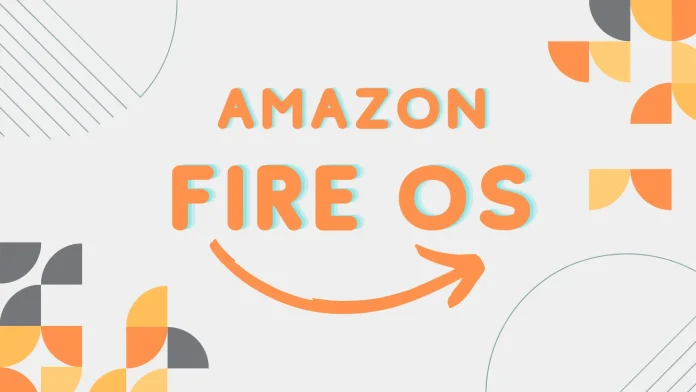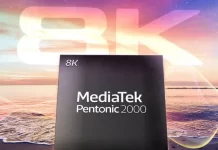The first Amazon Fire TV launch was accompanied by a special operating system named Fire OS 5.0. The “5.0” in its name might suggest that the OS predated the television’s debut. Indeed, Amazon’s proprietary operating system, Fire OS, originally launched in November 2011 alongside the first Kindle Fire tablet, based on Android Gingerbread 2.3.3. Initially designed for mobile devices, it powered the Fire Phone and Amazon tablets.
Fire OS’s application expanded significantly in 2014 with the introduction of Fire OS 5.0, which, as mentioned, was released in conjunction with Amazon Fire TV. This version was a big step, making the platform suitable for TV interfaces and broadening its use beyond just mobile devices.
Following the introduction of Fire OS 5.0, Amazon continued to refine and enhance the operating system, aiming to improve the user experience on tablets and TVs. Subsequent versions of Fire OS introduced numerous enhancements and new features, such as improved performance, expanded Alexa voice control capabilities, and support for the latest media formats, including 4K video and HDR, demonstrating Amazon’s commitment to evolving and enriching the user experience across its device ecosystem.
Fire OS 5 (2014)
Fire OS 5, affectionately dubbed “Bellini,” debuted in 2014, heralding a new era for Amazon’s operating systems on Fire TV devices. Built on the foundations of Android 5.1 Lollipop, this OS offered a streamlined and intuitive interface that simplified access to entertainment. Its crowning feature was the integration of Alexa, enabling voice command control, complemented by superior sound and visual quality and optimized performance for Fire TV devices.
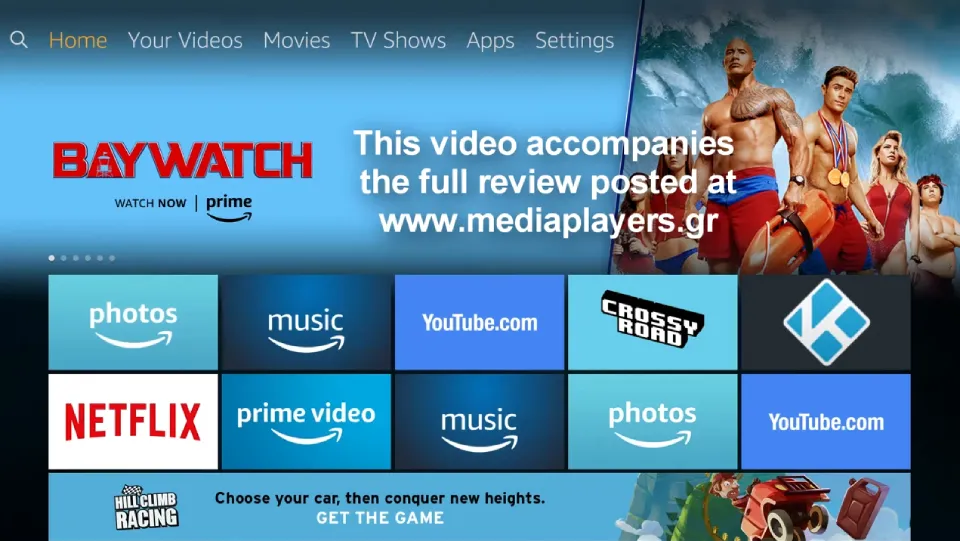
The deployment of Fire OS 5 across Amazon’s device range markedly enhanced their functionality and ease of use. The first-generation Fire TV and Fire TV Stick, launched in 2014, were among the early adopters, earning praise for their user-friendly navigation and Alexa integration. However, Fire TV occasionally faces performance issues due to processor limitations.
Fire OS 5 significantly improved Amazon’s streaming device lineup, making them more intuitive, responsive, and capable of delivering a rich entertainment experience. By the end of its lifecycle, six devices utilized this operating system, five of which were Amazon’s own, with the Element TV being the first external manufacturer to adopt an Amazon OS.
All devices running Fire OS 5:
| Device | Year (Release) | Android version | Fire OS Version |
|---|---|---|---|
| Fire TV – 1st Gen | 2014 | Android 5.1 | Fire OS 5 |
| Fire TV Stick – 1st Gen | 2014 | Android 5.1 | Fire OS 5 |
| Fire TV – 2nd Gen | 2015 | Android 5.1 | Fire OS 5 |
| Fire TV Stick – 2nd Gen | 2016-2019 | Android 5.1 | Fire OS 5 |
| Element 4K – Fire TV | 2017 | Android 5.1 | Fire OS 5 |
| Fire TV Stick – Basic Edition | 2017 | Android 5.1 | Fire OS 5 |
Fire OS 6 (2017)
Fire OS 6, the successor to Amazon’s Fire OS 5 for Fire TV devices, is based on Android 7.1 (Nougat) and later transitioned to Android 9. It was first released in October 2017, bringing significant enhancements and new features that expanded Fire TV devices’ functionality and user experience.
One of the main updates in Fire OS 6 was improved performance. Being built on a newer version of Android, the devices operate more smoothly and quickly, providing a more responsive user experience. However, it also introduced a change in the interface, which I found less intuitive. Despite this, the increased speed of operation mitigated this drawback.
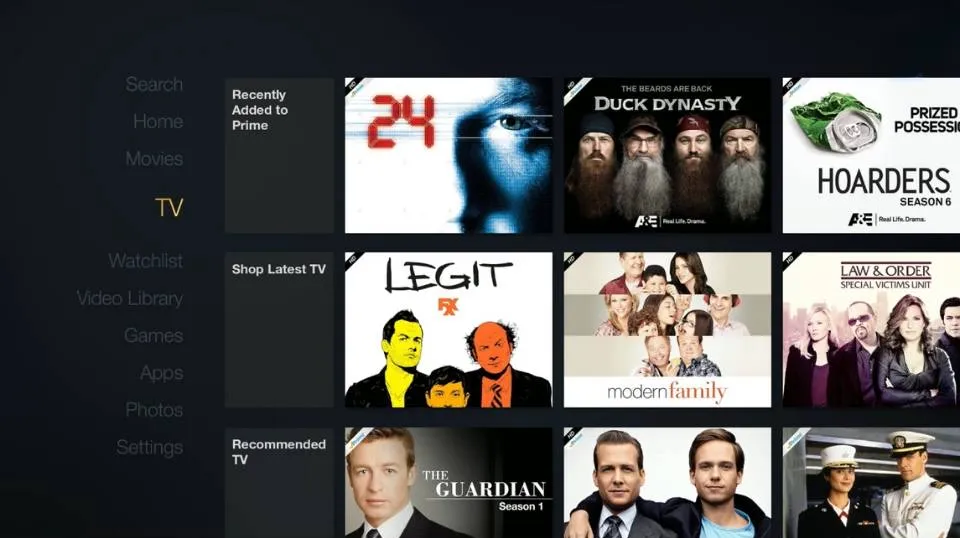
Fire OS 6 introduced support for new video formats, including HDR (High Dynamic Range), making images brighter and more vivid, especially on modern TVs equipped with HDR capabilities. As for audio, Fire OS 6 enhanced support for various formats, such as Dolby Atmos, elevating the sound quality for a more immersive viewing experience.
Another new feature in Fire OS 6 was the “picture-in-picture” mode. This mode allows users to watch video in a small window while simultaneously using other apps, thus enhancing multitasking capabilities.
The range of devices equipped with this OS also expanded, from the Fire TV Stick 4K – 1st Gen and Fire TV Cube to various smart TVs like Insignia and Toshiba. Below, you can see the complete list of devices running Fire OS 6 in a comprehensive table detailing all the devices on this OS.
| Device | Year (Release) | Android Version | Fire OS Version |
|---|---|---|---|
| Fire TV Stick 4K – 1st Gen | 2018 | Android 7.1 | Fire OS 6 |
| Fire TV Cube – 1st Gen | 2018 | Android 7.1 | Fire OS 6 |
| Insignia 4K – Fire TV | 2018 | Android 7.1 | Fire OS 6 |
| Toshiba 4K – Fire TV | 2018-2019 | Android 7.1 | Fire OS 6 |
| AmazonBasics HD/FHD – Fire TV | 2020 | Android 7.1 | Fire OS 6 |
| Toshiba HD – Fire TV | 2018-2020 | Android 7.1 | Fire OS 6 |
| Insignia HD – Fire TV | 2018-2020 | Android 7.1 | Fire OS 6 |
| Onida HD – Fire TV | 2019 | Android 7.1 | Fire OS 6 |
| Nebula Soundbar – Fire TV Edition | 2019 | Android 7.1 | Fire OS 6 |
| Grundig OLED 4K – Fire TV | 2019 | Android 9 | Fire OS 6 |
| Grundig Vision 7, 4K – Fire TV | 2019 | Android 9 | Fire OS 6 |
| JVC 4K – Fire TV | 2019 | Android 9 | Fire OS 6 |
| Fire TV Cube – 2nd Gen | 2019 | Android 9 | Fire OS 6 |
Fire OS 7 (2019)
Fire OS 7, based on Android 9 Pie, marked a solid update for Fire TV devices, first rolling out to some models in 2019. Despite transitioning to a newer Android version, there weren’t any groundbreaking changes in the OS. However, there was an improvement in speed and a slight redesign of the interface, which I found more appealing than its predecessor, Fire OS 6.

The move to the new Android version brought about minor changes, such as enhanced security measures, including apps needing additional permissions and new restrictions on app access to Wi-Fi and other user data in the background. Overall, nothing dramatically new or critical emerged.
Unsurprisingly, Fire OS 7 is most closely associated with the Amazon OS interface personally and likely for the majority since it exists on the widest variety of devices. Moreover, Fire OS 7 has expanded beyond traditional streaming sticks or TV interfaces; for example, it has been integrated into some BMW and Jeep vehicles, where the OS operates on built-in televisions.
See the detailed enumeration below for a comprehensive list of devices equipped with Fire OS 7.
| Device | Year (Release) | Android Version | Fire OS Version |
|---|---|---|---|
| AmazonBasics 4K – Fire TV | 2020 | Android 9 | Fire OS 7 |
| Technika 4K – Fire TV | 2020 | Android 9 | Fire OS 7 |
| JVC 2K – Fire TV | 2020 | Android 9 | Fire OS 7 |
| ok 4K – Fire TV | 2020 | Android 9 | Fire OS 7 |
| Echo Show 15 | 2021 | Android 9 | Fire OS 7 |
| Fire TV Stick 4K Max – 1st Gen | 2021 | Android 9 | Fire OS 7 |
| Fire TV Omni Series | 2021 | Android 9 | Fire OS 7 |
| Fire TV 4-Series | 2021 | Android 9 | Fire OS 7 |
| Toshiba 4K UHD – Fire TV | 2021 | Android 9 | Fire OS 7 |
| JVC 4K – Fire TV with Freeview Play | 2021 | Android 9 | Fire OS 7 |
| ok 4K – Fire TV | 2021 | Android 9 | Fire OS 7 |
| Toshiba 4K Far-field UHD – Fire TV | 2021 | Android 9 | Fire OS 7 |
| BMW | 2022 | Android 9 | Fire OS 7 |
| Fire TV Cube – 3rd Gen | 2022 | Android 9 | Fire OS 7 |
| Xiaomi F2 4K – Fire TV | 2022 | Android 9 | Fire OS 7 |
| Hisense U6 4K UHD – Fire TV | 2022 | Android 9 | Fire OS 7 |
| Funai 4K – Fire TV | 2022 | Android 9 | Fire OS 7 |
| Stellantis (Jeep) – Wagoneer/Grand Wagoneer | 2022 | Android 9 | Fire OS 7 |
| Fire TV – TCL S4 Series 4K UHD | 2023 | Android 9 | Fire OS 7 |
| Fire TV – TCL Q6 4K QLED HDR | 2023 | Android 9 | Fire OS 7 |
| Fire TV 2-Series | 2023 | Android 9 | Fire OS 7 |
| Redmi 108cm 4K Ultra HD Fire TV | 2023 | Android 9 | Fire OS 7 |
| TCL Class S3 1080p LED Fire TV | 2023 | Android 9 | Fire OS 7 |
| TCL 32″ FHD, 40″ FHD Fire TV | 2023 | Android 9 | Fire OS 7 |
Fire OS 8 (2022)
Fire OS 8 emerged in 2022, with the first devices equipped with this OS debuting in 2023. It is based on Android 10 and Android 11, incorporating significant advancements in privacy and security that align with the updates introduced in Android 11.
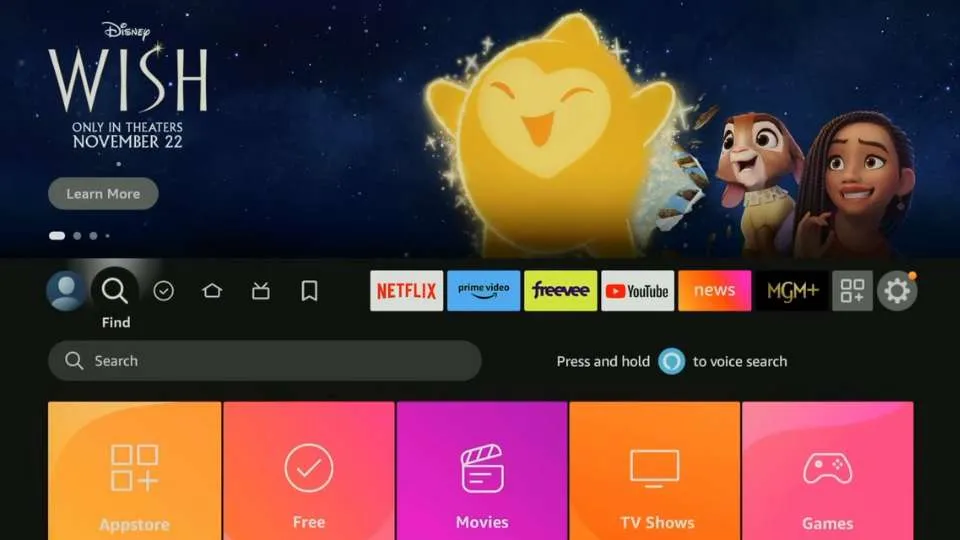
Officially, only two devices currently run this OS: the Fire TV Stick 4K (2nd Gen) and the Fire TV Stick 4K Max (2nd Gen). These devices offer enhanced streaming capabilities and support Wi-Fi 6, with the Fire TV Stick 4K Max additionally supporting Wi-Fi 6E, promising a more powerful and seamless streaming experience.
| Device | Year (Release) | Android Version | Fire OS Version |
|---|---|---|---|
| Fire TV Stick 4K Max – 2nd Gen | 2023 | Android 11 | Fire OS 8 |
| Fire TV Stick 4K – 2nd Gen | 2023 | Android 11 | Fire OS 8 |
However, I am confident that we will soon see an increase in the number of devices operating on Fire OS 8, potentially reaching or surpassing the variety seen with Fire OS 7. This expansion would reflect the evolving technology landscape and Amazon’s commitment to providing cutting-edge entertainment solutions.

